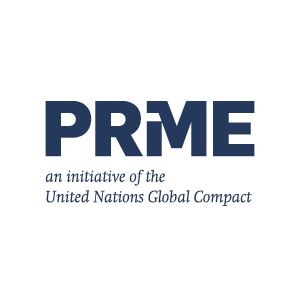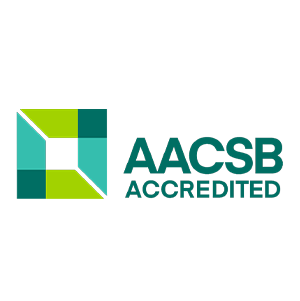Compound Interest Effect
As interest is calculated daily and debited to the account monthly, the compound interest effect can become noticeable. This means that interest can be charged on interest that has already accrued, which further increases the costs.
Lack of fixed Repayment Installments
The flexibility of repayment can mean that the loan amount remains unused for a long time. Without fixed repayment installments, the debt can remain outstanding for longer periods of time, leading to higher interest costs.
Overdraft Interest
If the agreed credit limit is exceeded, overdraft interest may be incurred, which is even higher than the regular debit interest. This further increases the costs and can lead to a considerable financial burden.























